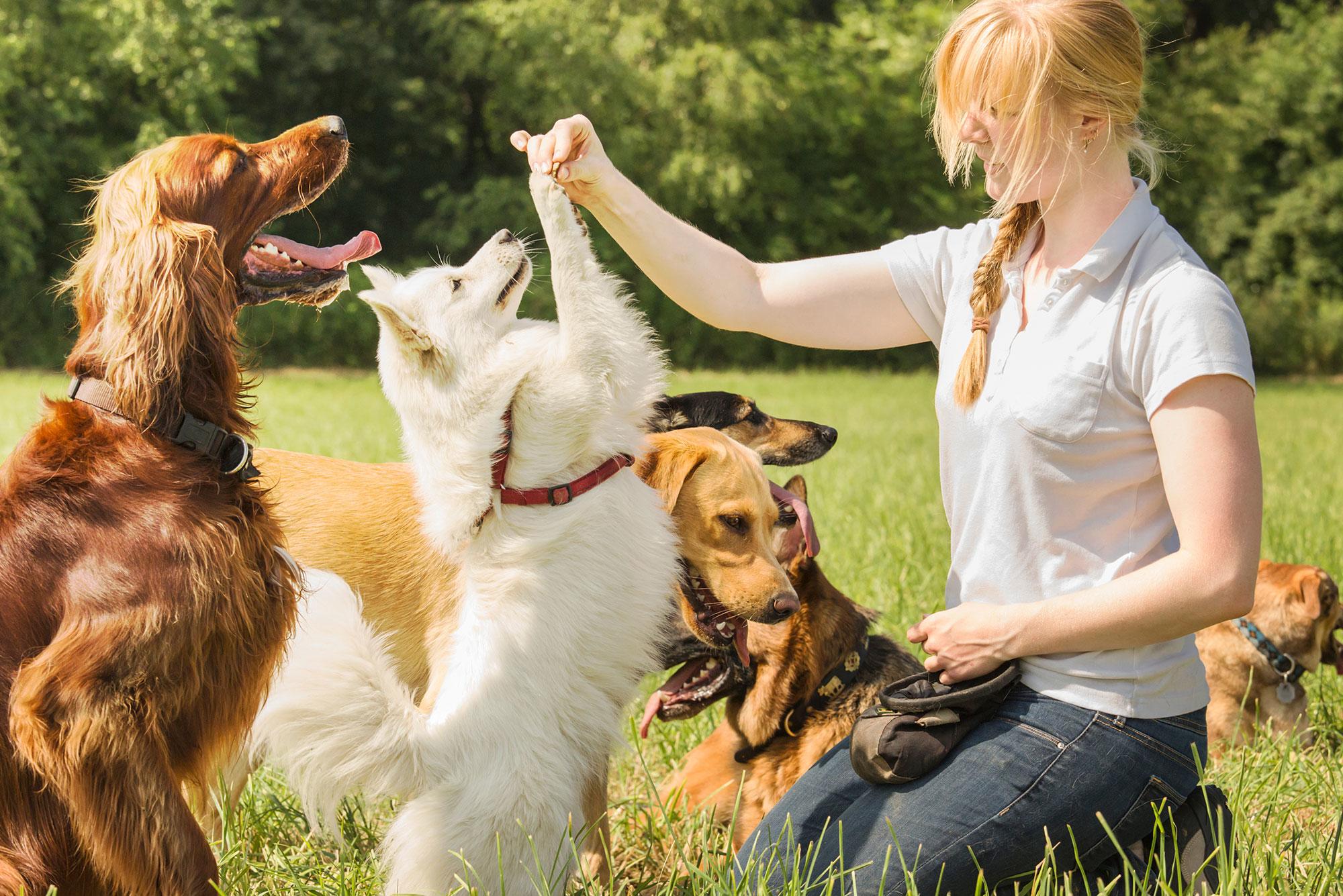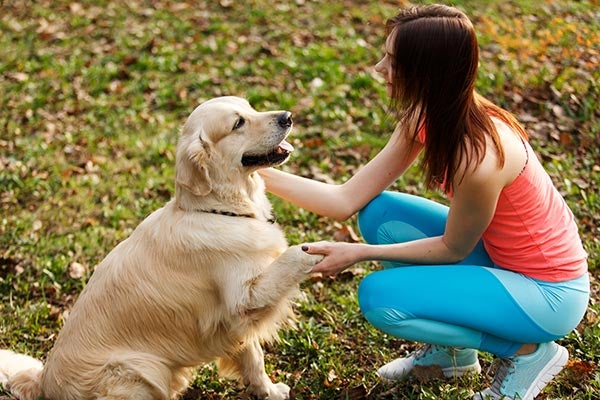Dog Training for First-Time Pet Owners: What You Need to Know
Dog Training for First-Time Pet Owners: What You Need to Know
Blog Article
Transform Your Canine's Actions With Proven Training Techniques
Changing your pet's habits needs a nuanced understanding of their individual traits and needs, as well as the application of tried and tested training techniques. Uniformity in your training technique not just improves obedience yet also promotes a much deeper bond of count on and respect in between you and your animal.
Recognizing Pet Habits
Understanding dog actions is vital for efficient training and communication in between humans and their canine companions. Pet dogs, as social animals, display a series of habits influenced by genetics, environment, and experiences - Dog training. Recognizing these habits aids proprietors customize their training approaches to fulfill the details needs of their canines
Trick facets of pet habits consist of body language, articulations, and social interactions. Furthermore, socializing plays a crucial role in shaping habits; pet dogs that communicate favorably with numerous individuals and other pets are typically much more well-adjusted and versatile.
Moreover, acknowledging stress signals-- such as evasion, pacing, or panting actions-- can avoid acceleration right into much more major issues. Proprietors who are in harmony with their dog's habits can develop a secure and nurturing setting, promoting count on and improving the training procedure. Ultimately, a deep understanding of canine actions lays the foundation for an unified partnership and efficient training results, making certain both pets and their proprietors flourish with each other.
Favorable Reinforcement Techniques
Positive support techniques are extensively acknowledged as one of one of the most efficient approaches for training canines, fostering a favorable learning atmosphere. This technique involves satisfying desired behaviors with treats, praise, or play, consequently encouraging the canine to duplicate those actions. Unlike corrective approaches, positive support builds trust fund and strengthens the bond between the dog and the instructor.
Benefits need to be offered quickly complying with the desired habits to help the canine make the link. Uniformity is likewise essential; using the same commands and benefits helps the dog recognize what is expected.
It is necessary to keep in mind that favorable support is not about bribery; rather, it is about reinforcing great actions. In time, as the dog learns to associate specific activities with favorable outcomes, the regularity of rewards can be gradually reduced, transitioning to spoken appreciation or intermittent incentives. This approach not just urges obedience however also promotes a certain and pleased canine, making training an extra satisfying experience for both celebrations involved.
Addressing Common Concerns
Dealing with usual issues during canine training is vital for making sure a unified and successful partnership in between the pet and its owner. Several pet owners come across behavior obstacles, such as excessive barking, jumping, and leash drawing. Understanding the origin triggers of these actions is crucial for reliable training.
To alleviate this, offer sufficient physical exercise, psychological stimulation, and chances for social interaction with both people and various other dogs. Educating the pet to sit upon welcoming can redirect this habits positively.
Leash drawing is another common problem, frequently arising from a pet dog's eagerness to explore. Using appropriate chain managing methods, integrated with training protocols that motivate loose-leash strolling, can substantially enhance this behavior.
On top of that, problems like resource safeguarding or splitting up anxiousness call for tailored techniques. Progressive desensitization and counter-conditioning can be efficient in dealing with these obstacles. By identifying and proactively handling these typical problems, dog owners can cultivate a much more enjoyable training experience and strengthen the bond with their canine buddies.
Uniformity in Training

To attain consistency, it is essential that all participants of the home stick to the exact same training methods. For instance, making use of the exact same spoken signs and hand signals ensures that the pet dog obtains consistent messages. Furthermore, the timing of incentives and corrections should be constant; instant support boosts the possibility that the dog will certainly associate the habits with the outcome.
Moreover, establishing a regimen can better boost uniformity. Routine practice, combined with organized routines for feeding, strolling, and play, assistance pets expect and understand their environment, making them a lot more responsive important source to training. Eventually, consistency fosters a complacency and trust, encouraging dogs to read more properly. By committing to a structured method, trainers can advertise positive behavior adjustments and grow a courteous friend.
Structure a Strong Bond
Exactly how can promoting a strong bond in between a canine and its owner boost the training experience? When a pet dog really feels secure in its link with its owner, it is extra most likely to display favorable habits and be receptive to finding out.
Additionally, a solid bond assists in far better interaction. Pet dogs are skilled at reading human cues, and a relying on partnership enables for more clear signals throughout training. Proprietors helpful site who spend time in building this bond with play, socialization, and favorable reinforcement produce a setting where dogs feel motivated and eager to learn.
Furthermore, a well-established connection can decrease anxiety and behavior concerns, as pets are much less most likely to act out when they feel comprehended and taken care of. Focusing on the development of a solid bond not just enhances the training experience however also adds to a better and a lot more well-adjusted canine. Ultimately, the journey of training transforms into a joint collaboration, causing lasting behavioral enhancements.
Final Thought

Owners that hop over to these guys are attuned to their pet dog's habits can create a safe and caring environment, cultivating trust fund and improving the training process. Ultimately, a deep understanding of canine behavior lays the structure for a harmonious relationship and reliable training results, guaranteeing both dogs and their owners flourish with each other.
Resolving typical issues throughout canine training is important for ensuring a harmonious and successful connection between the pet and its owner.Uniformity is a foundation of effective pet dog training, as it establishes a clear framework for the pet dog to understand habits and expectations.In final thought, transforming a pet dog's behavior with shown training approaches needs an understanding of canine behavior, the application of positive support strategies, and an emphasis on consistency.
Report this page